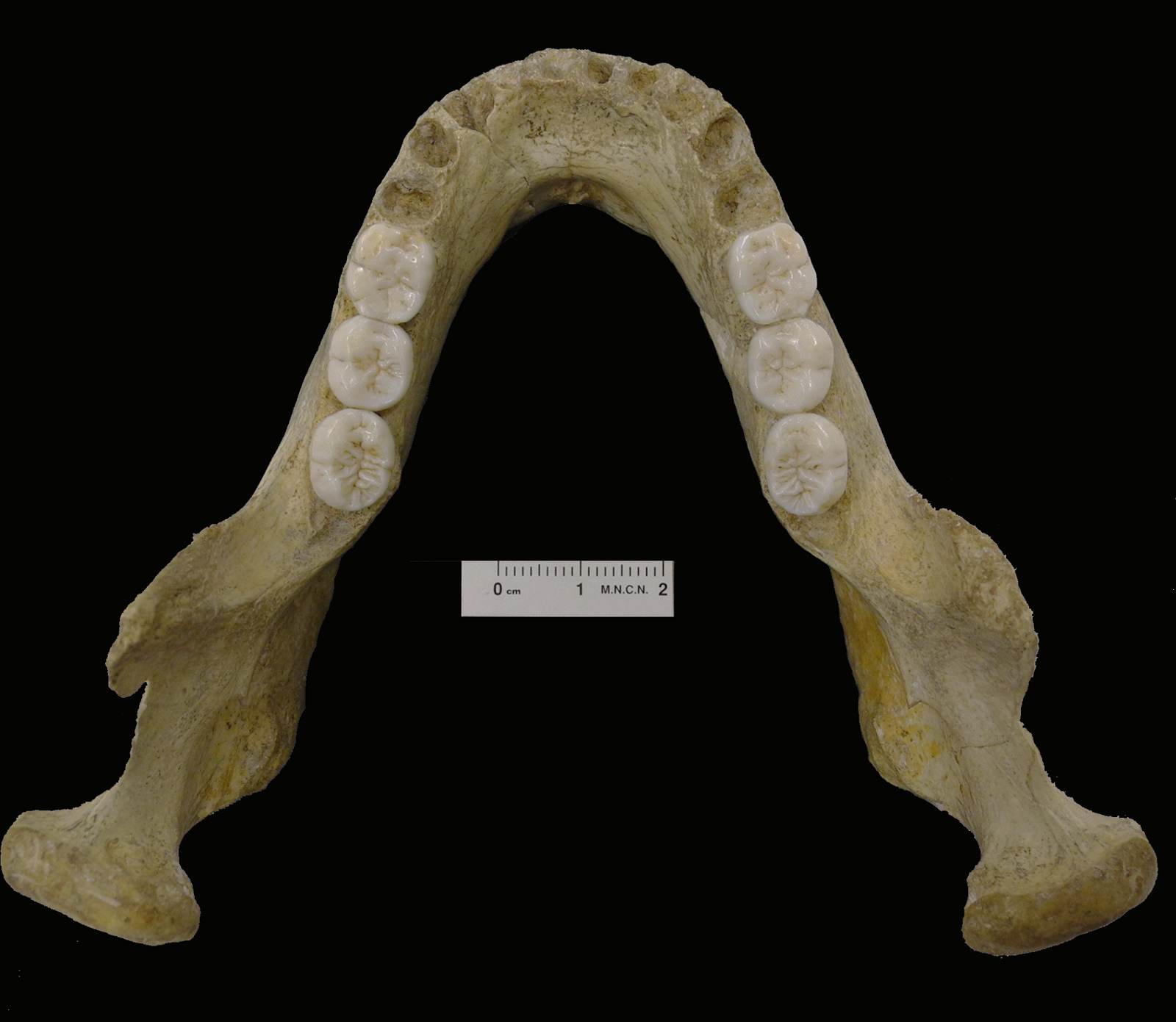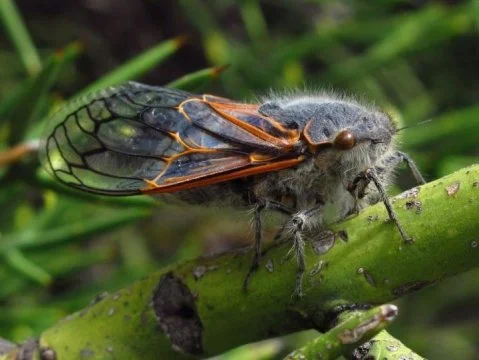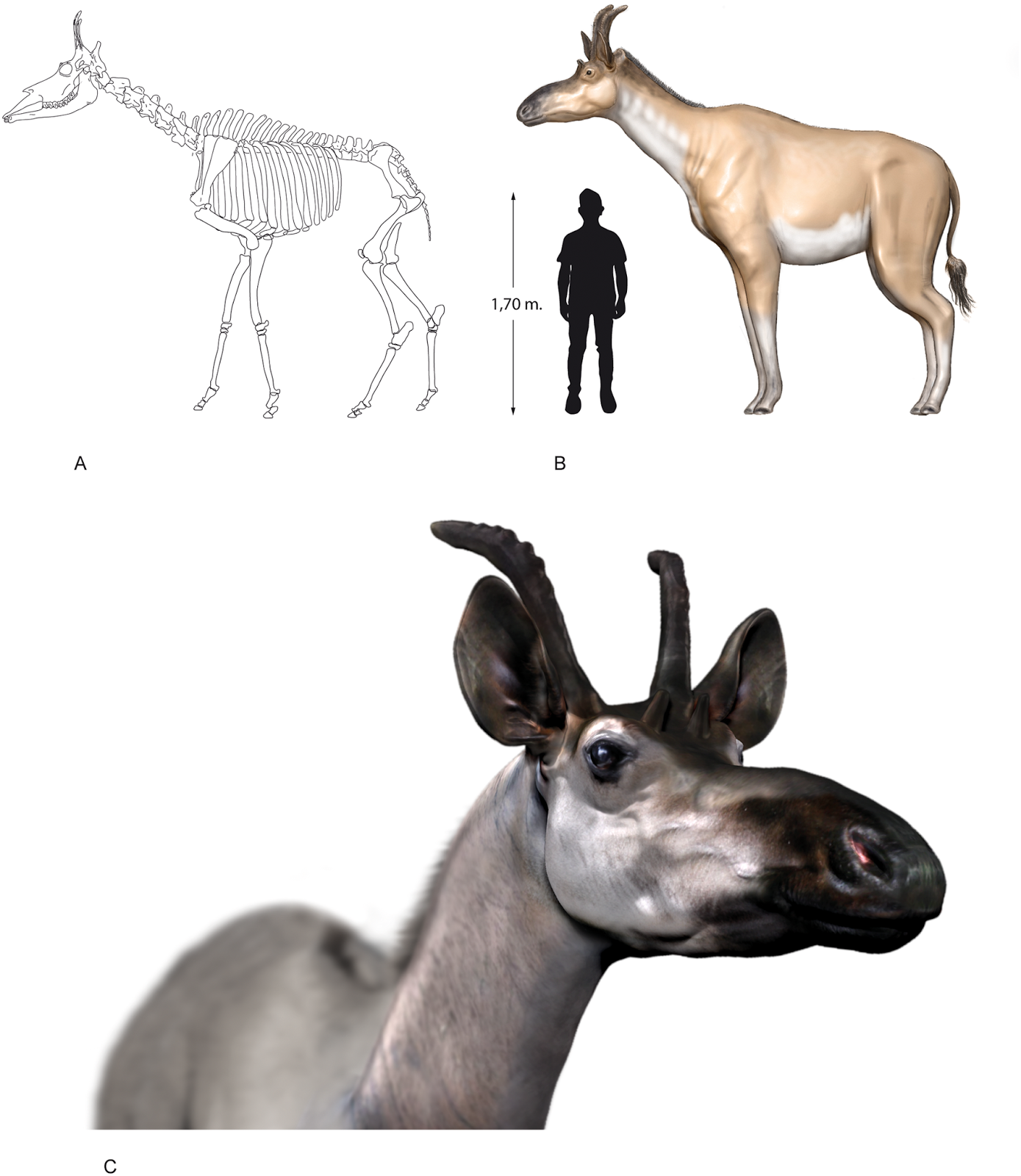 |
| A scanning electron microscope image of an American house dust mite, Dermatophagoides farinae. Image credit: Ellen Foot Perkowski |
Unless you have a microscope or exceptionally good eyesight you are never likely to see one but you are living now with millions of them in your carpets, furniture and beds. They are of course the ubiquitous house dust mites, and they have an interesting and unusual evolutionary history.
This history in turn is probably responsible for a unique solution to a common problem faced by all organisms - how to cope with those pieces of non-coding DNA called transposons, part of the junk DNA, that can randomly relocate themselves within a genome, causing mutations and diseases. Transposons behave a little like independent strands of DNA with evolutionary pressures to survive despite evolutionary pressure on their 'hosts' to control them.










































